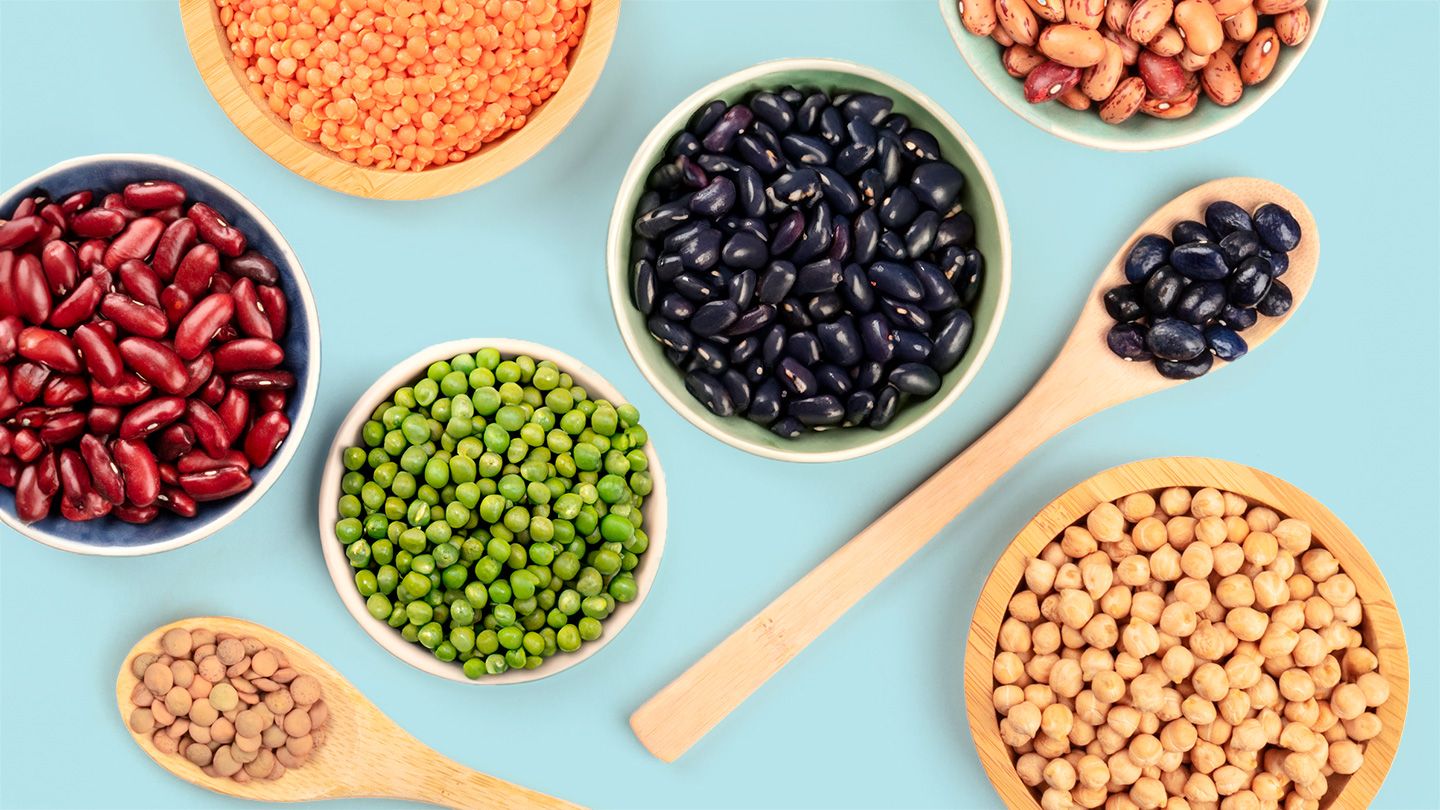Introducing the Atkins and Keto Diets
Two of the most popular low-carb diets are the Atkins diet and the ketogenic (keto) diet. Both emphasize restricting carbohydrate intake to achieve weight loss and other health benefits. However, there are some key differences between these two popular diets.
The Atkins diet was first introduced in 1972 by cardiologist Dr. Robert Atkins. It emphasizes limiting carbohydrate consumption to put the body into a state of ketosis. In ketosis, the body burns fat for fuel instead of carbs. The diet progresses through four phases, starting with strict carb restriction and slowly reintroducing carbs.
The keto diet has been around since the 1920s as a treatment for epilepsy. It also emphasizes ketosis through extreme carb restriction, usually limiting carbs to less than 50 grams per day. The keto diet restricts protein as well and emphasizes high fat intake to achieve ketosis.
Main Differences Between Atkins and Keto
While both Atkins and keto are low-carb diets, there are some key differences between the two:
- Atkins limits net carbs (total carbs minus fiber) while keto focuses on total carbs from all sources.
- Atkins has structured phases while keto is a long-term lifestyle change.
- Keto emphasizes fats more and has specific macros - 75% fat, 20% protein, 5% carbs.
- Atkins is protein-focused and places no macro limits besides net carbs.
- Keto strictly limits protein intake while Atkins does not.
Atkins Diet Overview
The Atkins diet was hugely popular in the early 2000s for quick weight loss. It emphasizes carbohydrate restriction to put the body into ketosis. Followers progress through four phases:
Phase 1: Induction
In the first two weeks, carb intake is limited to 20 net grams per day. Sources of carbs like sugar, grains, legumes, fruit, and starchy vegetables are eliminated. Protein, fat, and green veggies make up the bulk of calories.
Phase 2: Balancing
Slowly more carb sources are added back in, increasing daily net carbs to 25-50 grams. Carb intake is adjusted based on individual tolerance to find the carb balance for long-term weight loss.
Phase 3: Fine-Tuning
Net carbs can increase to 50-80 grams at this stage as the dieter nears their goal weight. More vegetables, fruits and whole grains are added to the diet in moderation.
Phase 4: Maintenance
This is the stage used for long-term weight maintenance, with 80-100 net carbs allowed per day. The focus shifts from weight loss to sustaining new dietary habits.
Keto Diet Overview
The keto diet was designed to mimic fasting and put the body in ketosis. It strictly limits carbs to no more than 50 grams per day for most people. High fat intake and moderate protein make up the rest of the diet:
- Fat: 75% of total calories
- Protein: 20% of total calories
- Carbs: 5% of total calories
Keto emphasizes foods like meat, fish, eggs, oils, butter, nuts, seeds, and very low-carb vegetables. Fruit, grains, legumes, root vegetables, and sweets are avoided. The goal is long-term ketosis for continuous fat burning.
Keto Flu
The "keto flu" is commonly experienced as the body adjusts to ketosis. Symptoms like fatigue, brain fog, headaches, and muscle cramps can happen in the first few weeks. Staying hydrated and getting electrolytes can help counter this.
Intermittent Keto
Some choose to do intermittent keto by cycling in and out of ketosis. Eating extra carbs or "cheat meals" every so often can provide metabolic variety and make the diet more sustainable long-term for some people.
Weight Loss on Atkins vs. Keto
Both Atkins and keto are effective for weight loss and can help you burn fat. However, keto tends to promote faster initial weight loss due to its diuretic effects flushing water weight. Longer term studies show weight loss is comparable on both diets:
- Atkins - 7% weight loss after 1 year, 21 lbs
- Keto - 5% weight loss after 1 year, 13 lbs
Ultimately calories still determine the amount of weight lost. Consuming fewer calories than you burn leads to weight loss on either diet.
Metabolic Advantage
Some claim keto has a "metabolic advantage" for weight loss. The high fat intake may boost calories burned compared to other diets. However, studies indicate any increased calorie burn on keto is largely due to the increased protein intake.
Atkins vs. Keto for Diabetes and PCOS
Both Atkins and keto can be beneficial for people with diabetes or polycystic ovarian syndrome (PCOS).
For diabetes, restricting carbs can lower blood sugar and insulin resistance. However, keto's very low carb approach may provide better blood sugar control compared to Atkins.
For PCOS, lowering carbs can increase insulin sensitivity and improve fertility. Keto may be superior as higher fat intake can also combat elevated male hormones.
Intermittent Fasting
Intermittent fasting combined with keto can provide additional benefits for diabetes and PCOS. Fasting allows insulin to drop and enhances fat burning.
Other Health Benefits
In addition to weight loss, keto and Atkins may provide other health perks. However, more research is still needed on the long-term effects of very low carb diets.
Brain Health
Keto was designed to treat neurological conditions like epilepsy. Some studies indicate Atkins and keto may be beneficial for cognitive function, Alzheimer's disease, and traumatic brain injuries as well.
Heart Health
Both diets may improve cholesterol and other heart disease risk factors like blood pressure and triglycerides. However, the high fat intake on keto could be a negative for those with existing heart issues.
Cancer
Restricting carbs may help prevent cancer growth. Animal research indicates keto may enhance the effects of chemotherapy and radiation as well.
Downsides of Keto vs. Atkins
Potential downsides to consider on the very low carb Atkins and keto diets include:
- Nutrient deficiencies - Both diets restrict fruits, vegetables, and whole grains leading to potential micronutrient deficiencies over time. Taking supplements can mitigate this.
- Keto flu - The transition to ketosis can cause temporary symptoms like fatigue, nausea, and mental fogginess.
- High cholesterol - Keto in particular may negatively impact cholesterol markers due to its very high fat intake.
- Disordered eating - Strict tracking required on keto may promote unhealthy relationships with food and eating.
Sustainability
The highly restrictive nature of keto makes it hard to stick to long term. Atkins' gradual phases may be more sustainable for some people compared to strict keto.
Foods to Eat on Atkins vs. Keto
Here are some Atkins- and keto-approved foods:
Atkins Diet Foods
- Non-starchy vegetables like leafy greens, broccoli, peppers
- Lean protein sources like chicken, turkey, fish
- Eggs, cheese
- Nuts, seeds
- Low sugar fruits like berries
- Non-grain veggies like cauliflower, zucchini
Keto Diet Foods
- Meat - beef, chicken, pork, lamb
- Fish and shellfish
- Eggs
- Full-fat dairy like butter, heavy cream, cheese
- Oils - olive, coconut, avocado
- Low-carb vegetables - leafy greens, peppers, cucumber
- Nuts and seeds
- Berries
Sample Atkins vs. Keto Meal Plans
Here is what a typical day of eating might look like on the Atkins and keto diets:
Sample Atkins Diet Meal Plan
- Breakfast: Scrambled eggs with cheese, turkey bacon, avocado
- Lunch: Cobb salad with chicken, bacon, eggs, veggies, ranch dressing
- Dinner: Pork chops with broccoli, side salad
- Snacks: Nuts, celery with peanut butter, low carb protein shake
Sample Keto Diet Meal Plan
- Breakfast: Keto coffee made with butter and MCT oil, keto muffin
- Lunch: Chicken wings with ranch, cauliflower mash
- Dinner: Steak with roasted Brussels sprouts
- Snacks: Hard boiled eggs, full-fat Greek yogurt, strawberries
The Verdict: Atkins vs. Keto
Both Atkins and keto can be effective for weight loss and improving health for those with conditions like diabetes. Key differences include:
- Keto is more restrictive, especially regarding protein intake
- Atkins has structured phases while keto is meant for long-term ketosis
- Keto may burn slightly more calories and improve blood sugar control
- Atkins may be easier to adhere to for some people
In general, keto provides faster short term weight loss. But in the long run, success comes down to compliance and finding the low carb approach that best fits your lifestyle.
As with any diet, speak with your healthcare provider before starting Atkins or keto, especially if you have any underlying health conditions or concerns.
FAQs
What is the difference between the Atkins and keto diets?
The main differences are that Atkins focuses on net carbs while keto counts total carbs. Keto also strictly limits protein and emphasizes high fat intake. Atkins has structured phases while keto is meant for long-term ketosis.
Which diet causes faster weight loss?
Keto tends to provide faster initial weight loss thanks to its diuretic effects and water weight loss. However, long-term studies show weight loss is comparable on both diets when calories are controlled.
Can you eat fruit on the Atkins diet?
Some fruits are allowed on Atkins, especially berries. Higher sugar fruits like bananas and grapes are restricted until later phases. The net carb content of fruit matters most on Atkins.
Is keto safe long term?
More research is still needed on long-term keto. Potential concerns include nutrient deficiencies, increased cholesterol levels, and sustainability issues due to its highly restrictive approach.
Who should not do keto or Atkins?
People with kidney disease, pancreatitis, liver disease or thyroid issues may want to avoid very low carb diets. Speak to your doctor before starting keto or Atkins if you have any medical conditions.
Disclaimer: This article is for informational purposes only and does not constitute medical advice. Always consult with a healthcare professional before starting any new treatment regimen.
Related Coverage
Can you eat margarine on keto? Learn everything about the carbs in margarine and find the best low-carb options to stay in ketosis....
Discover the meaning behind dreams where you can't breathe. Learn why you may dream about choking, drowning, or suffocating and how to interpret the symbolism....
Sauerkraut is very low in carbs and can fit into a low carb or keto diet. This fermented cabbage offers probiotics, vitamins, minerals and antioxidants....
Explore 30+ delicious low carb vegetarian keto recipes for breakfast, lunch, dinner, and more. This complete guide makes vegetarian keto easy and sustainable....
Croutons are high carb from the bread used to make them, containing 20-30+ grams per serving. Learn the carb counts for different croutons and find low carb replacements....
Find out the detailed carbohydrate counts for different types of corn including sweet corn, popcorn, and corn on the cob. Learn how preparation changes nutrition....
Explore the history, nutritional profile, and carb content of the beloved Southern dish, red beans and rice. Learn how to incorporate it into a balanced, carb-conscious lifestyle....
Discover when to take keto gummies for the perfect sweet indulgence while staying on track with your ketogenic lifestyle. Learn the benefits and strategic times to enjoy these delicious, low-carb treats....
Customize your drink order at Dutch Bros to make keto-friendly cold brew, smoothies, lemonades, frost, and more. Prioritize sugar-free flavors and heavy cream....
Learn about the calorie content in popular top round beef cuts like roasts, steaks and London broil. See how these lean keto-friendly cuts can fit into your diet....









